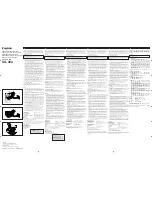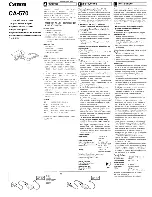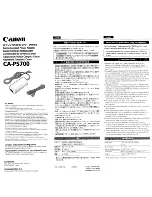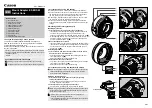
S e n d d o c u m e n t a t i o n c o m m e n t s t o m d s f e e d b a c k - d o c @ c i s c o . c o m
46-4
Cisco MDS 9000 Family CLI Configuration Guide
OL-16184-01, Cisco MDS SAN-OS Release 3.x
Chapter 46 Configuring IPv6 for Gigabit Ethernet Interfaces
About IPv6
Cisco MDS SAN-OS supports IEEE 802 interface types (for example, Gigabit Ethernet interfaces). The
first three octets (24 bits) are taken from the Organizationally Unique Identifier (OUI) of the 48-bit
link-layer address (MAC address) of the interface, the fourth and fifth octets (16 bits) are a fixed
hexadecimal value of FFFE, and the last three octets (24 bits) are taken from the last three octets of the
MAC address. The construction of the interface ID is completed by setting the Universal/Local (U/L)
bit—the seventh bit of the first octet—to a value of 0 or 1. A value of 0 indicates a locally administered
identifier; a value of 1 indicates a globally unique IPv6 interface identifier (see
Figure 46-2
).
Figure 46-2
Interface Identifier Format
Link-Local Address
A link-local address is an IPv6 unicast address that is automatically configured on an interface using the
link-local prefix FE80::/10 and the interface identifier in the modified EUI-64 format. Link-local
addresses are used in the neighbor discovery protocol and the stateless autoconfiguration process. Nodes
on a local link can use link-local addresses to communicate.
Figure 46-3
shows the structure of a
link-local address.
Figure 46-3
Link-Local Address Format
00
FF
FE
FF
FE
02
FE
FF
90
90
27
17
FC
0F
00
90
27
17
FC
0F
00
27
17
FC
0F
90
17
FC
0F
U = 1
000000U0
27
U = 0
Where U is 0 (not unique)
or 1 (unique)
144884
52669
128 bits
10 bits
1111 1110 10
Interface ID
0
FE80::/10
















































